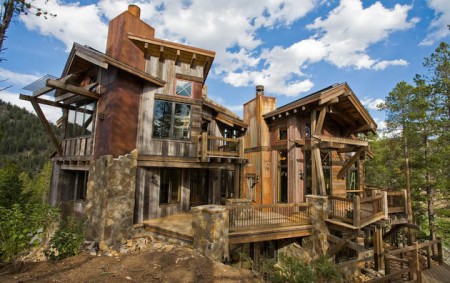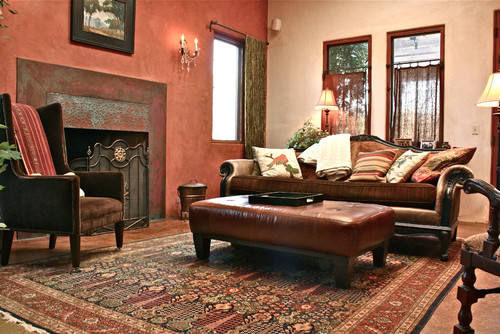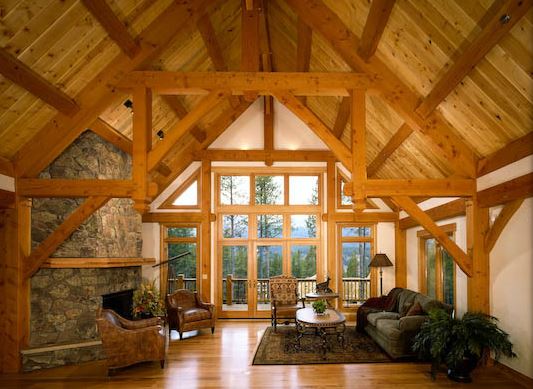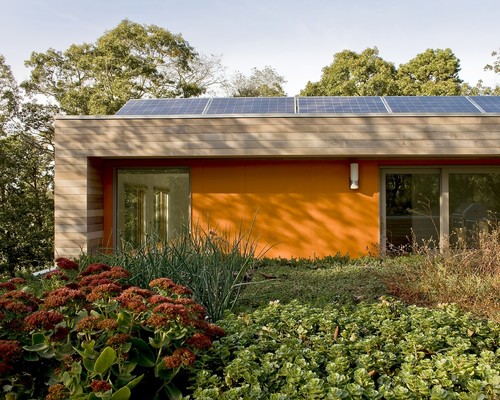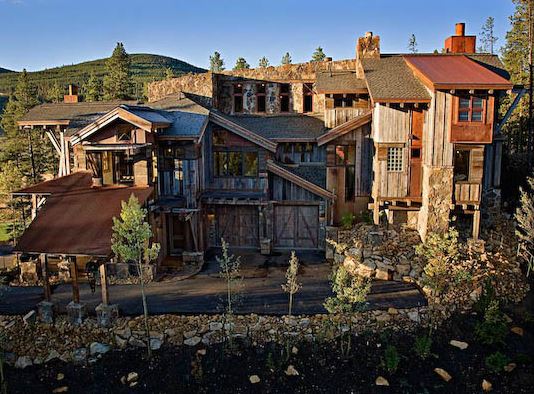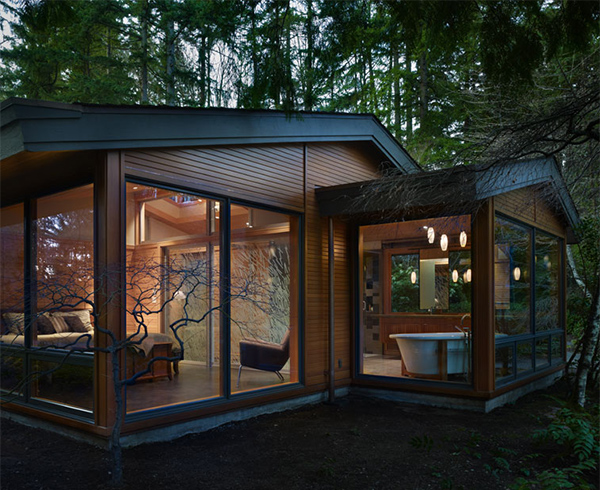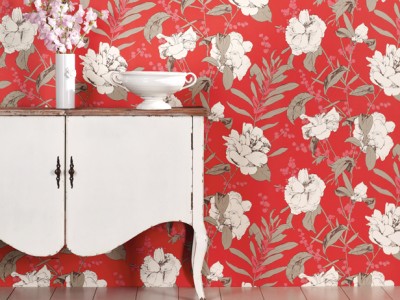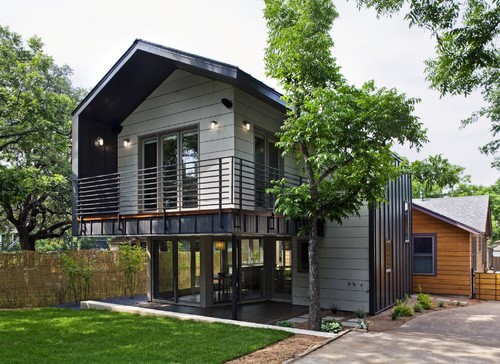Anyone in the process of designing a new custom home should consider making their home a green building. A green building design can go a long way in reducing your environmental footprint and as your energy bills.
Roughly 72 percent of all of the country’s energy consumption originated from buildings back in 2006. This number will continue to rise to 75 percent by 2025. That’s a lot of energy being used! In fact, the average household spends around $2,000 every year just on energy bills, 50 percent of which goes towards heating and cooling costs. A green building design can help make the home more efficient in heating and cooling, thereby helping to reduce your energy use.
Building occupants use 13 percent of the water consumed by the country on a yearly basis, with homeowners making up 75 percent of that figure. Green home design can help to reduce the use of water by a significant amount and allow you to save on your water bills.
If everyone were to invest in a green building, it wouldn’t be surprising to see yearly water and energy consumption drop significantly. Contact us at Trilogy Builds for more information about green building.
